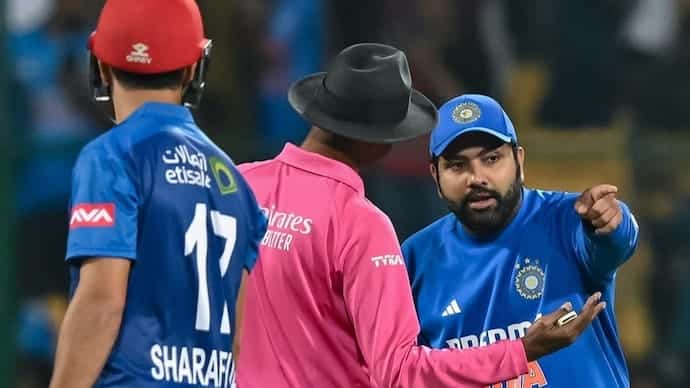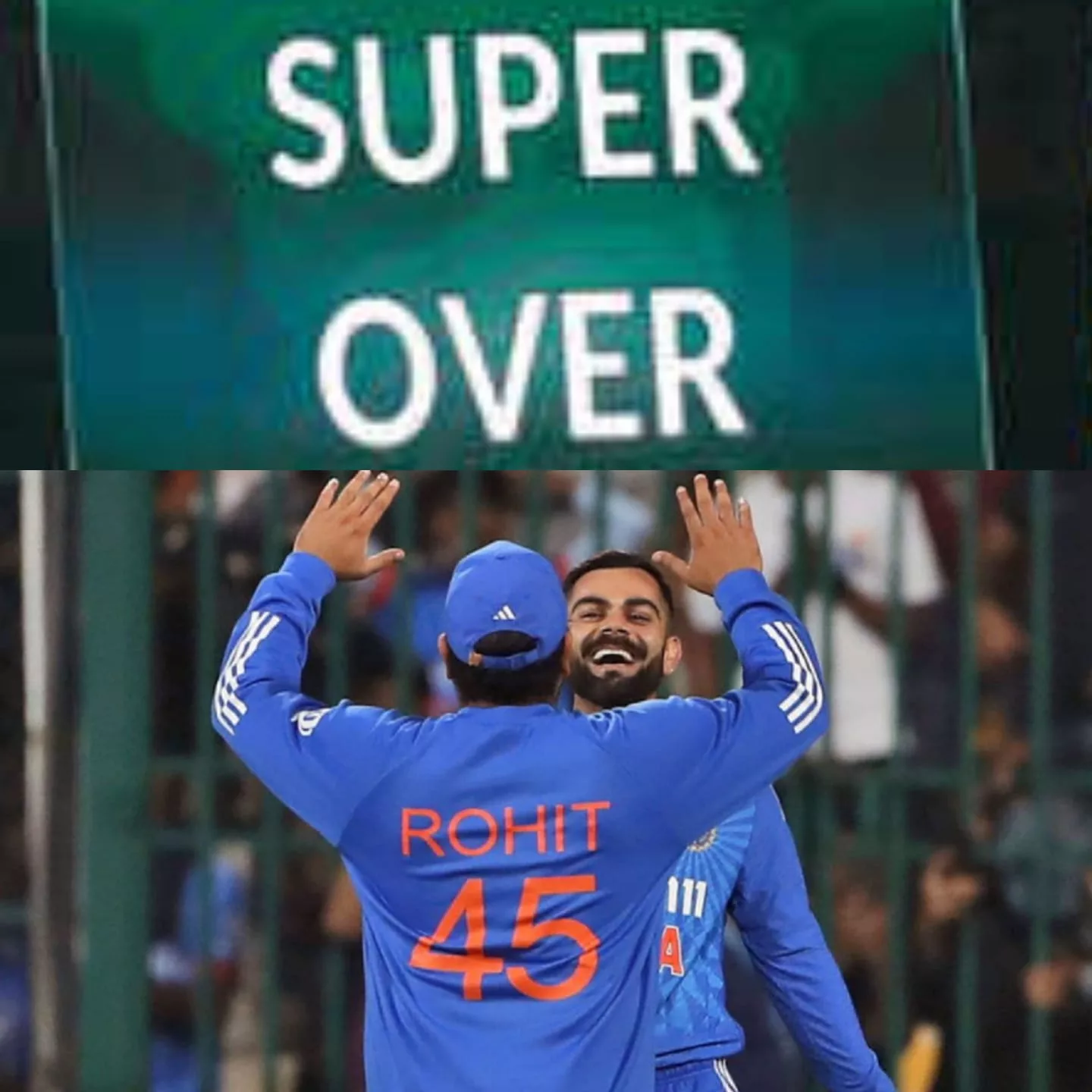Rules of Super Over Highlighted in India vs Afghanistan 3rd T20I Match: In cricket, when a match ends in a tie, the excitement doesn’t stop there. Enter the Super Over, a one-over showdown that decides the winner. The M.Chinnaswamy Stadium in Bengaluru witnessed cricket history on January 17, as the third T20I between India and Afghanistan unfolded with not one but two super overs. This extraordinary event highlighted changes in the rules made by the International Cricket Council (ICC) post the 2019 World Cup. Let’s break down the straightforward rules of the Super Over, making it easy for fans to grasp this thrilling aspect of the game.

The New Rules of Super Over
Following the dramatic ODI World Cup final in 2019, where England won on the boundary count, the ICC decided to tweak the super over rules. Now, if the first super over ends in a tie, teams have to play another one. In the India vs Afghanistan match, both teams scored 17 in the initial super over, triggering a second one.
Is a Third Super Over Possible?
Yes, it is! According to the new rules, teams keep playing super overs until there’s a clear winner. This means if the second super over also ends in a tie, get ready for a third one. The suspense of successive super overs adds an extra layer of excitement to the game.
Bowling Limitations in Super Overs
Here’s the twist – the bowler who delivered the first super over is not allowed to bowl in the next ones. In the India vs Afghanistan clash, Afghanistan’s request to have Azmatullah Omarzai bowl the second over was denied, adding a strategic challenge for teams.
Batting Order in Super Overs

The batting order follows a set sequence. The team that batted first in the original match bats second in the super over. The same goes for subsequent super overs. This streamlined approach is designed to save time, ensuring a swift transition to the super over without delays.
Can the Same Batter Bat Again?
Absolutely, but with a condition. If a batsman isn’t dismissed or retired hurt in the first super over, they can bat again in the second one. However, if they were out or retired hurt earlier, they are ineligible for subsequent super overs. This rule led to a bit of controversy when Rohit Sharma walked out to bat in the second super over against Afghanistan.
India’s Triumph Over Afghanistan

In the super over drama, India emerged victorious against Afghanistan. Under the leadership of Rohit Sharma, India showcased resilience and skill to secure a thrilling win. This victory highlighted the mental toughness needed in high-pressure super-over situations, solidifying India’s standing in international cricket.
The India vs Afghanistan 3rd T20I will be remembered as a watershed moment in cricketing history, not only for featuring two super overs but also for highlighting the intricacies of the revamped rules governing these high-pressure deciders. The excitement and unpredictability associated with successive super overs add a new dimension to the sport, captivating fans and players alike. As cricket continues to evolve, the world eagerly anticipates the next thrilling encounter that pushes the boundaries of what is possible in the captivating realm of super overs.
What are your views on the rules of super over in a cricket match? Let us know in the comments below!







